Input interpretation

1, 4-dimethylbenzene
Chemical names and formulas
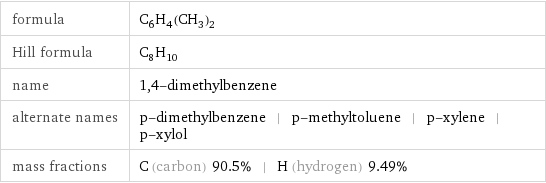
formula | C_6H_4(CH_3)_2 Hill formula | C_8H_10 name | 1, 4-dimethylbenzene alternate names | p-dimethylbenzene | p-methyltoluene | p-xylene | p-xylol mass fractions | C (carbon) 90.5% | H (hydrogen) 9.49%
Lewis structure
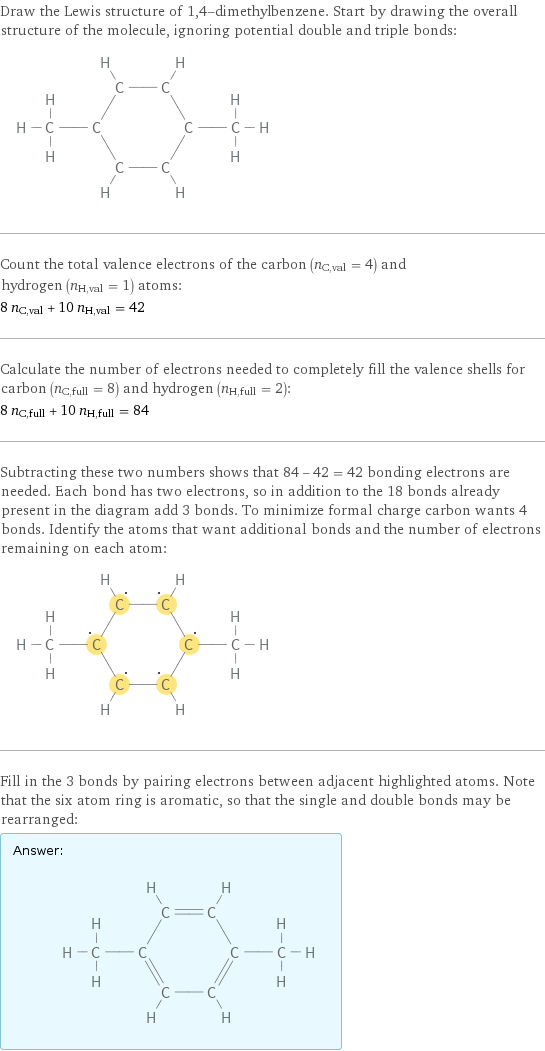
Draw the Lewis structure of 1, 4-dimethylbenzene. Start by drawing the overall structure of the molecule, ignoring potential double and triple bonds: Count the total valence electrons of the carbon (n_C, val = 4) and hydrogen (n_H, val = 1) atoms: 8 n_C, val + 10 n_H, val = 42 Calculate the number of electrons needed to completely fill the valence shells for carbon (n_C, full = 8) and hydrogen (n_H, full = 2): 8 n_C, full + 10 n_H, full = 84 Subtracting these two numbers shows that 84 - 42 = 42 bonding electrons are needed. Each bond has two electrons, so in addition to the 18 bonds already present in the diagram add 3 bonds. To minimize formal charge carbon wants 4 bonds. Identify the atoms that want additional bonds and the number of electrons remaining on each atom: Fill in the 3 bonds by pairing electrons between adjacent highlighted atoms. Note that the six atom ring is aromatic, so that the single and double bonds may be rearranged: Answer: | |
3D structure
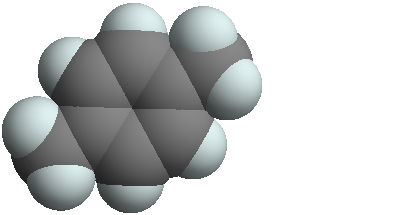
3D structure
Basic properties
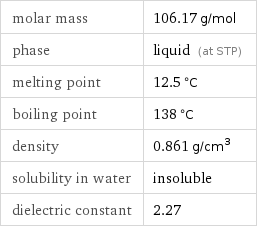
molar mass | 106.17 g/mol phase | liquid (at STP) melting point | 12.5 °C boiling point | 138 °C density | 0.861 g/cm^3 solubility in water | insoluble dielectric constant | 2.27
Liquid properties (at STP)
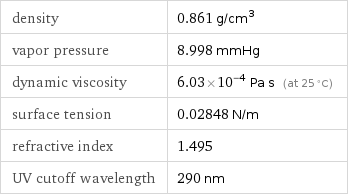
density | 0.861 g/cm^3 vapor pressure | 8.998 mmHg dynamic viscosity | 6.03×10^-4 Pa s (at 25 °C) surface tension | 0.02848 N/m refractive index | 1.495 UV cutoff wavelength | 290 nm
Units
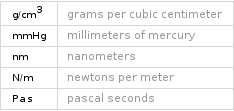
Thermodynamic properties
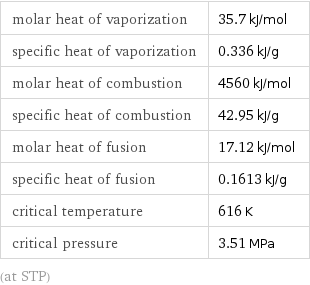
molar heat of vaporization | 35.7 kJ/mol specific heat of vaporization | 0.336 kJ/g molar heat of combustion | 4560 kJ/mol specific heat of combustion | 42.95 kJ/g molar heat of fusion | 17.12 kJ/mol specific heat of fusion | 0.1613 kJ/g critical temperature | 616 K critical pressure | 3.51 MPa (at STP)
Basic drug properties

approval status | experimental | small molecule
Hydrophobicity and permeability properties

predicted LogP hydrophobicity | 3.15 predicted LogS | -2.72
Chemical identifiers

CAS number | 106-42-3 Beilstein number | 1901563 PubChem CID number | 7809 PubChem SID number | 24848153 SMILES identifier | CC1=CC=C(C=C1)C InChI identifier | InChI=1/C8H10/c1-7-3-5-8(2)6-4-7/h3-6H, 1-2H3 InChI key | URLKBWYHVLBVBO-UHFFFAOYAE RTECS number | ZE2625000 MDL number | MFCD00008556
NFPA label

NFPA label
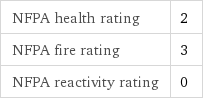
NFPA health rating | 2 NFPA fire rating | 3 NFPA reactivity rating | 0
Safety properties
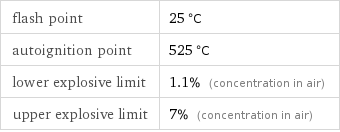
flash point | 25 °C autoignition point | 525 °C lower explosive limit | 1.1% (concentration in air) upper explosive limit | 7% (concentration in air)

DOT hazard class | 3 DOT numbers | 1307